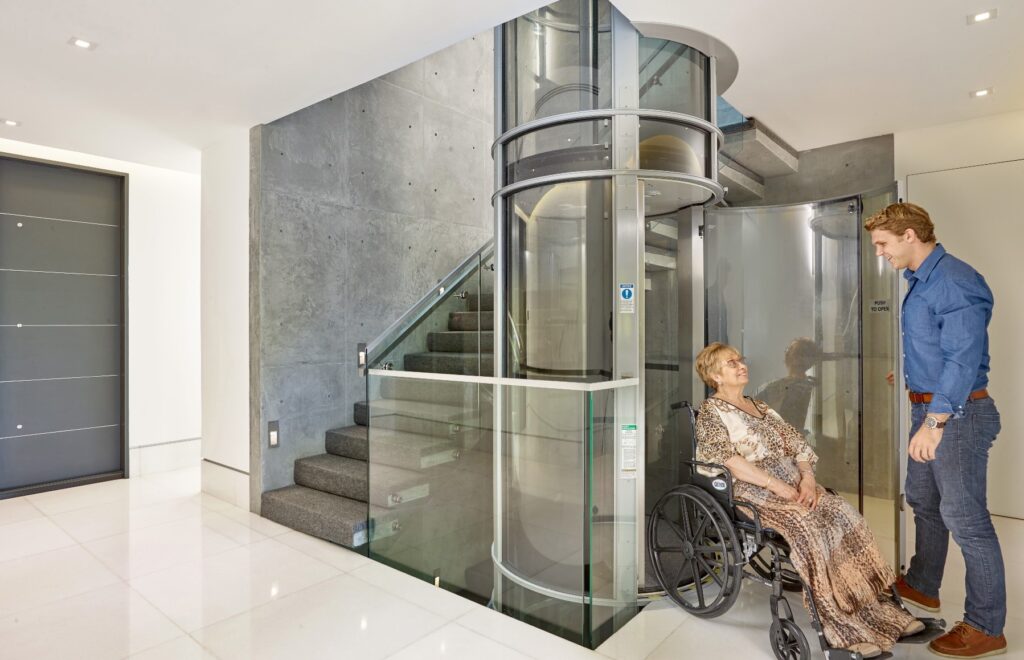When we talk about improving accessibility at home, the keyword “disability chair lift” stands out immediately.
These devices transform lives, providing independence and ease of movement for those with mobility issues.
In this article, we’ll dive into why a disability chair lift, particularly the pneumatic type, is the best choice for home elevators.
What is a Disability Chair Lift?
A disability chair lift is a mechanical device designed to help individuals with mobility impairments move easily between different levels of a building.
It’s a vital tool that can be installed in homes, making daily life more manageable for those with disabilities.
Types of Disability Chair Lifts
There are several types of disability chair lifts, each catering to different needs and preferences.
Among these, the pneumatic disability chair lift has gained significant popularity.
Hydraulic Chair Lifts
Hydraulic chair lifts use a hydraulic fluid to power the lift mechanism.
They are known for their smooth and quiet operation.
However, they require more maintenance and can be more expensive to install.
Electric Chair Lifts
Electric chair lifts are powered by an electric motor.
They are typically easier to install and maintain than hydraulic lifts.
However, they might not offer the same level of smoothness in operation.
Pneumatic Chair Lifts
Pneumatic chair lifts, also known as vacuum lifts, use air pressure to move the lift car between floors.
They are relatively new but have quickly become a favorite due to their unique advantages.
Why Choose a Pneumatic Disability Chair Lift?
The pneumatic disability chair lift stands out for several reasons.
Let’s explore why it might be the best home elevator for you.
Ease of Installation
Pneumatic chair lifts are easier to install compared to their hydraulic and electric counterparts.
They don’t require a machine room or a deep pit, which simplifies the installation process.
This means less structural modification to your home, making it a cost-effective solution.
Energy Efficiency
Pneumatic chair lifts are highly energy-efficient.
They use minimal electricity, especially compared to hydraulic lifts.
The lift only uses power during ascent; descent is achieved through the controlled release of air pressure.
This not only reduces energy consumption but also lowers your electricity bills.
Safety Features
Safety is a paramount concern when it comes to disability chair lifts.
Pneumatic lifts offer several safety features.
For example, in the event of a power outage, the lift can be lowered to the nearest floor using air pressure.
This ensures that users are never stuck between floors.
Additionally, pneumatic lifts have safety brakes and emergency alarms, providing peace of mind to users and their families.
Space-Saving Design
One of the significant advantages of pneumatic chair lifts is their space-saving design.
They have a smaller footprint compared to traditional lifts, making them ideal for homes with limited space.
Their sleek and modern design can blend seamlessly with any home decor.
Let’s look at some real-life examples to understand the impact of pneumatic disability chair lifts.
The Smith Family
The Smith family installed a pneumatic chair lift for their elderly grandmother, who struggled with stairs due to arthritis.
The lift not only allowed her to move freely between floors but also gave her a sense of independence.
The family was impressed with how smoothly the lift operated and how easy it was to install.
John’s New Lease on Life
John, a war veteran with mobility issues, found his two-story home challenging.
After installing a pneumatic chair lift, he regained the freedom to move around his home.
He appreciated the lift’s modern design and energy efficiency, which didn’t add significantly to his utility bills.
Technical Aspects of Pneumatic Disability Chair Lifts
Understanding the technical aspects can help in making an informed decision.
How It Works
Pneumatic chair lifts operate using air pressure.
A vacuum pump or turbine extracts air from the shaft, creating pressure differences that move the lift car up and down.
Specifications
| Feature | Description |
|---|---|
| Power Source | Electricity (for the vacuum pump) |
| Energy Consumption | Low (power used only for ascent) |
| Installation Requirements | No machine room, minimal pit depth |
| Safety Features | Emergency brake, alarm, auto descent |
Making the Decision
When choosing a home elevator, consider the specific needs of the user and the home’s structure.
A pneumatic disability chair lift offers numerous benefits, from ease of installation to energy efficiency and safety.
Technical Details of Pneumatic Disability Chair Lifts
Components and Operation
Pneumatic disability chair lifts consist of several critical components working together to ensure safe and efficient operation.
Vacuum Pump or Turbine:
The core component responsible for creating the necessary air pressure to move the lift car.
It extracts air from the shaft, creating a vacuum that allows the lift to ascend.
During descent, the controlled release of air pressure ensures a smooth ride down.
Lift Car:
The cabin where the user sits or stands.
It is designed for comfort and safety, often equipped with a seat belt, non-slip flooring, and grab rails.
Lift Shaft:
A cylindrical tube made of transparent material, usually polycarbonate or aluminum, that houses the lift car.
Its transparent design allows for a more open and less claustrophobic experience.
Control System:
The brains of the operation.
It includes user-friendly controls inside the lift car and at each landing station.
Users can easily select their desired floor with the push of a button.
Safety Mechanisms:
Emergency brakes, backup power systems, and alarm systems are integrated to ensure user safety.
In case of power failure, the lift automatically descends to the nearest floor and the doors open, allowing safe exit.
Performance Specifications
Understanding performance specifications helps in evaluating if a pneumatic chair lift meets your needs.
| Specification | Value |
|---|---|
| Maximum Travel Distance | Up to 50 feet (approximately 15 meters) |
| Speed | Typically 30-40 feet per minute |
| Weight Capacity | Generally around 350-450 pounds |
| Power Supply | Standard household electricity (220V) |
| Maintenance | Low, periodic inspection recommended |
Installation Process
The installation of a pneumatic disability chair lift is straightforward compared to traditional lifts.
Site Assessment:
A professional evaluates your home to determine the best location for the lift.
They assess structural integrity and space availability.
Design and Customization:
Based on the assessment, a customized lift design is created to fit your home’s aesthetic and functional needs.
Installation:
The lift shaft is assembled, and the vacuum pump is installed.
The lift car is then placed inside the shaft.
The entire process typically takes a few days to a week, depending on the complexity.
Testing and Handover:
Once installed, the lift undergoes rigorous testing to ensure it operates correctly and safely.
After successful testing, users are given a demonstration on how to use the lift.
Enhancing Home Accessibility: Additional Considerations
While a pneumatic disability chair lift significantly enhances home accessibility, consider other modifications to make your home more disability-friendly.
Ramps and Handrails
Installing ramps and handrails in key areas of the home can further improve mobility and safety.
Smart Home Technology
Integrating smart home technology can provide additional convenience.
Voice-activated lights, thermostats, and security systems can make daily tasks easier for individuals with mobility impairments.
Bathroom Modifications
Bathrooms can be particularly challenging.
Installing grab bars, non-slip mats, and walk-in tubs can make them safer and more accessible.
Real-Life Success Stories: Continued
Emma’s Independence
Emma, a young woman with cerebral palsy, found her multi-story home increasingly difficult to navigate.
Her parents installed a pneumatic disability chair lift, which transformed her daily life.
Emma loved the transparent lift shaft, which didn’t make her feel confined.
The easy-to-use controls allowed her to move independently between floors, boosting her confidence.
The Garcia Household
The Garcia family needed a solution for their elderly father, who was recovering from hip surgery.
They chose a pneumatic chair lift for its safety features and ease of use.
The installation was quick, and the lift’s smooth operation reassured the family of their father’s safety.
Comparing Pneumatic Lifts with Other Types
To make an informed decision, it’s helpful to compare pneumatic lifts with other types of disability chair lifts.
Hydraulic vs. Pneumatic
Hydraulic Lifts:
- Smooth and quiet operation.
- Require a machine room and regular maintenance.
- Higher installation and maintenance costs.
Pneumatic Lifts:
- Easy installation, no machine room needed.
- Lower maintenance requirements.
- Energy-efficient and cost-effective.
Electric vs. Pneumatic
Electric Lifts:
- Powered by an electric motor.
- Easier to install than hydraulic but may not be as smooth.
- Moderate maintenance required.
Pneumatic Lifts:
- Powered by air pressure, very smooth operation.
- Minimal installation impact on the home structure.
- Lower ongoing energy costs.
Future Trends in Disability Chair Lifts
The future of disability chair lifts looks promising with advancements in technology and design.
Smart Integration:
Future lifts may integrate more seamlessly with smart home systems, allowing for voice control and automation.
Improved Energy Efficiency:
Innovations in energy use could make these lifts even more sustainable, with further reductions in electricity consumption.
Enhanced Safety Features:
Ongoing research and development could introduce more advanced safety features, ensuring even greater peace of mind for users.
Conclusion
Choosing a home elevator is a significant decision, especially for those with mobility challenges.
A disability chair lift, particularly a pneumatic one, offers numerous advantages that make it an ideal choice.
From easy installation and energy efficiency to enhanced safety and space-saving design, pneumatic chair lifts stand out as the best home elevator option.
By investing in a pneumatic disability chair lift, you’re not just enhancing home accessibility; you’re improving quality of life.
Whether for yourself or a loved one, this lift represents a step towards greater independence and comfort.








